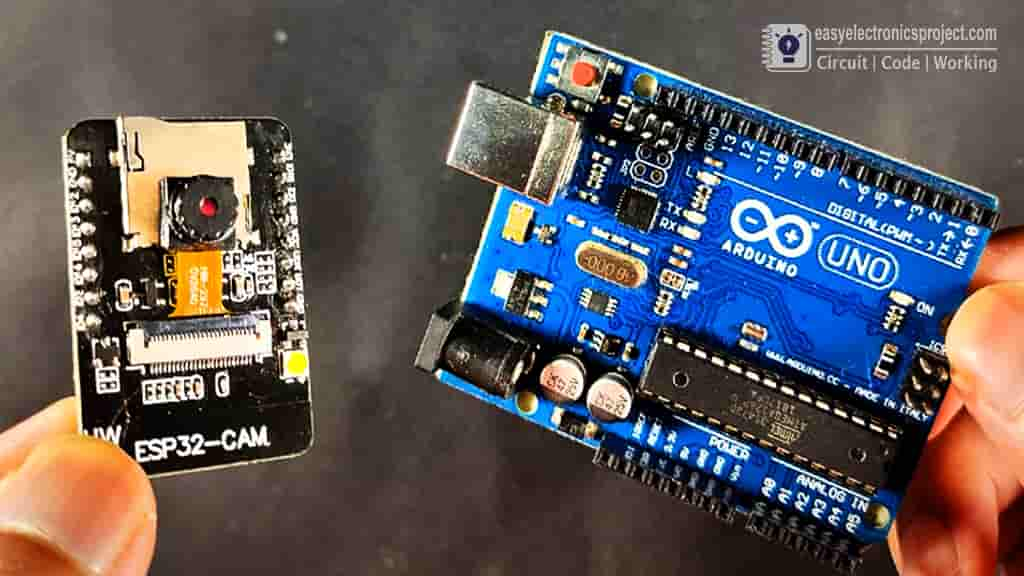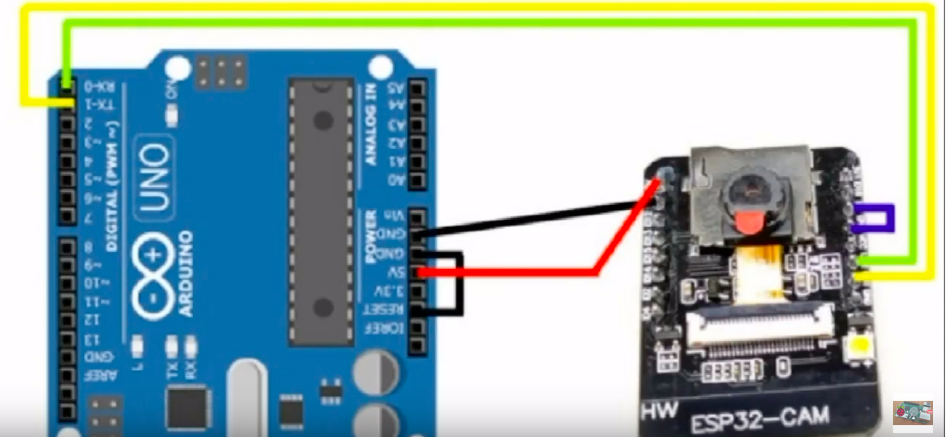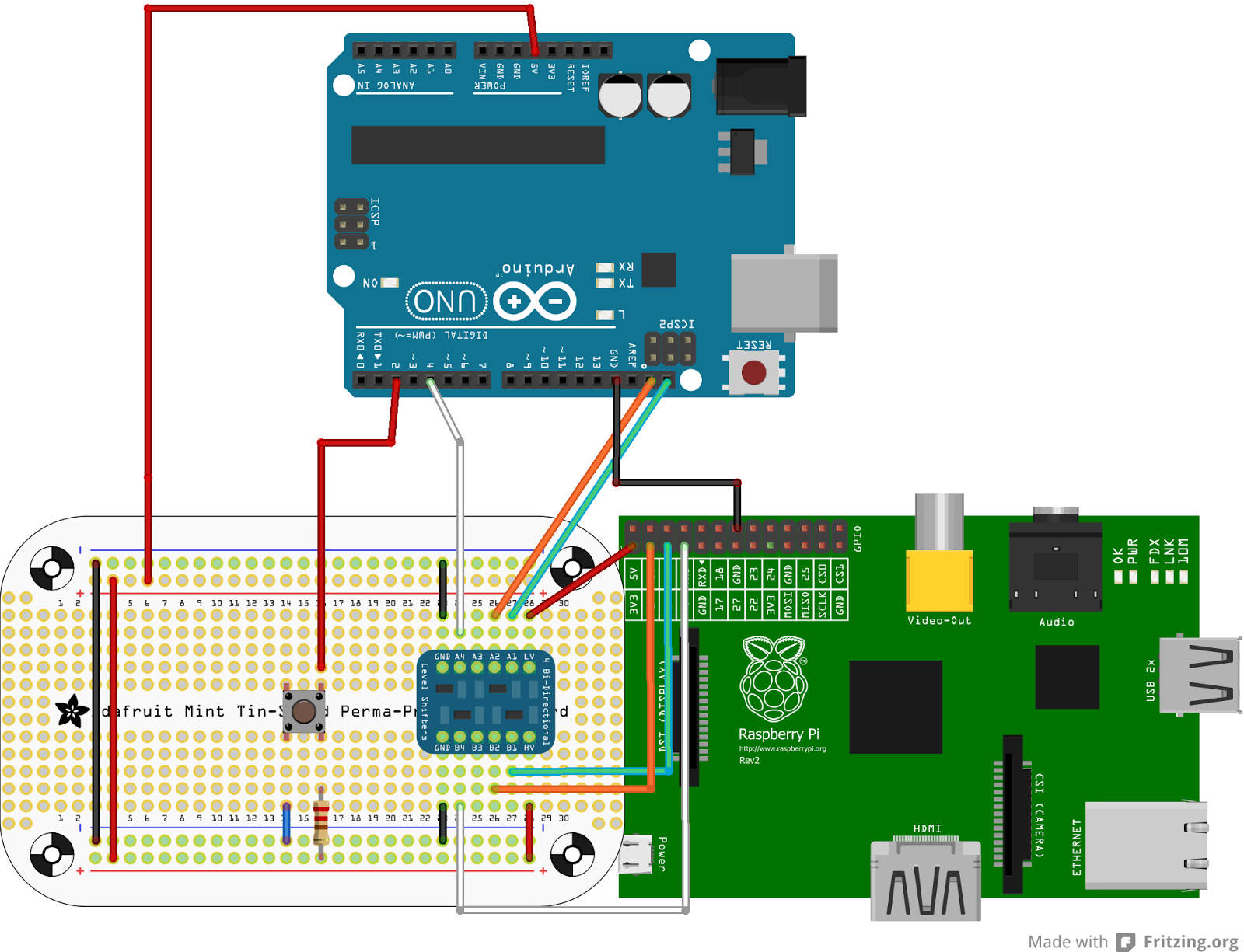

- #Arduino camera code how to
- #Arduino camera code serial
- #Arduino camera code manual
- #Arduino camera code windows 10
- #Arduino camera code code
#Arduino camera code code
When uploading code to the ESP32-CAM, you should use 3.3V as indicated above.
#Arduino camera code how to
#Arduino camera code windows 10
I have another tutorial where I have gone in detail on how to install FTDI drivers on Windows 10 which you can use for reference The FTDI programmer used is the FT232RL FTDI USB to TTL converter and to be able to use this programmer you need to have FTDI drivers installed on your computer. When this pin is LOW (GND) then it is in flashing mode and this is when you can upload code. GPIO 0 determines whether the device is in flashing mode or not. Connecting ESP32-CAM to FTDI programmer for uploading code.īefore uploading code to the ESP-32 CAM via the FTDI programmer, make sure that GPIO O pin is connected to GND.
#Arduino camera code serial
You also need to select the serial port where this board is connected by first plugging the ESP32 board into your computer and in the Arduino IDE go to Tools > Port and select the COM port the ESP32 is connected to. Specify the type of ESP32-CAM board in use by going to Tools > Board > ESP32 Arduino and select the board you are using for example in this case we are working with “AI-Thinker ESP32-CAM”. Search for ESP32 and install “ESP32 by Espressif Systems“:ģ. Then you need to install the ESP32 boards in the Arduino IDE by going to Tools > Board > Boards Manager. Note: In case you have another package URL already input in the additional boards manager field, you have to use a comma to separate the URLs.Ģ. In the “Additional Boards Manager URLs” input the URL: and click “OK” to save the changes Since we are going to use Arduino IDE to program the ESP32-CAM module, we need to include the ESP32 package in the Arduino IDE using the steps below ġ.In your Arduino IDE, go to File> Preferences Preparing the Arduino IDE for programming the ESP32 CAM module. If you see nothing in the Arduino IDE under Tools>Serial Ports when the FTDI is plugged into your computer then you need to install the necessary drivers as detailed here. Installing drivers for the FTDI Adapterīy default, Windows does not have FTDI drivers installed. Unlike the generic ESP32 modules, the ESP32-CAM doesn’t come with a USB connector therefore to connect it to a computer you need to use FTDI USB to Serial Adapter for example CP2102 or a FT232RL USB to TTL Serial Converter. Provision for an external antenna that can be attached to improve on the strength of the WiFi signal.The main components on the backside include White LED – acts as a flash lamp for the camera.Outputs images in formats UXGA, SXGA, SVGA and any scaling down from SXGA to 40×30.

This camera supports 8-bit compressed data with an image transfer rate of 15 to 60 fps. OV2640 camera – this is a 2MP camera attached to the microcontroller using FPC connector.Even if you insert a larger storage SD card, only 4GB will be used. MicroSD card holder – This can store a maximum of 4GB.Data transfer is carried out using the SCCB protocol. The camera also performs pre-processing of images, such as exposure control, amplification, white balance, and more.Īlso supported are various image encoding options (YUV, various types of RGB). The maximum image transfer rate (VGA) can reach 30 frames per second.
#Arduino camera code manual
Manual adjustments up to 40x30 are also possible. The camera unit allows you to form images in other formats like CIF (352x240) and others. It can perform some initial processing and transfer the images to microcontrollers, such as the Arduino, via the SCCB interface. This module allows you to capture images in VGA format (640x480).

Letâs get started! The OV7670 Camera Module We will be using indrekluuk library in this article and all the credit goes to the developer of this library. This can then be the starting point for using it in future projects.

We will connect, configure, and get a test image from the OV7670 using a small program written in the Arduino IDE. OV7670 is the most affordable camera module that can be used with the Arduino, so you can use this in a lot of projects. In this article, I will show you how to display the stream from an OV7670 camera module onto a 1.8-inch TFT LCD screen using Arduino.


 0 kommentar(er)
0 kommentar(er)
